At the beginning of the year, my goal was to teach my students to be socially responsible citizens, but as the weeks progressed our roles began to reverse. It all began with the “sustainable dream home” unit....
In the 7th grade “sustainable dream home” unit, each student is paired with a family in China. Our students put on their architect hats and redesign these families’ homes to make them more comfortable as well as sustainable.
Before they began the design phase of the project, I spent a few weeks leading them in an investigation of the environmental impact of various buildings. Starting at the most fundamental level, we studied the science of electromagnetism and energy transformation. Students were so excited to generate their own electricity using magnets and coils! Then, we discussed how different ways of generating electricity produced different levels of carbon emission.
Science class on electricity and circuitry.
During a particularly spirited lesson, students looked at their home electricity bills and tried to figure out how to calculate their carbon footprint. As they researched, one student exclaimed: “if you live in San Francisco, you are already doing pretty well!” He had discovered that 48% of San Francisco’s electricity came from renewable sources.
Another student found the emission factors for different parts of the country and did some mental math: “Our electricity in SF produces 60% less CO2 compared to the California state average!”
“I want to know how many trees are needed to absorb the CO2 my family produces,” exclaimed a third student. So I showed her how to use the EPA greenhouse gas equivalencies calculator.
The best realization of the day, however, was “If you upgrade to SuperGreen, your family will have no carbon emissions because all your electricity will come from renewable sources.” The next day, two students told me that they had convinced their parents to upgrade to SuperGreen.
Building architect giving a tour of the U-Wing’s sustainability features.
I was feeling pretty good about raising my students’ awareness of such an important issue and inspiring them to take action. My teaching was helping them become citizens of tomorrow! Then on Sept 20, a group of students asked whether they could attend the global climate strike.
I was immediately out of my comfort zone: I am skeptical about the effectiveness of mass protest (likely a result of growing up in the PRC); large crowds stress me out; and I don’t like throwing out my perfectly good plans. But the students’ passion was palpable – they wanted the global community to know that this was their planet, their future that must be protected. After some thoughtful conversations with each student about their motivations and hope for attending the climate strike, a group of 5 students and 2 teachers set off while the rest of grade 7 continued with their regular day, calculating PKS’ carbon footprint.
Students sharing their climate strike experiences and leading a conversation about how to make PKS more green.
Thus began the role reversal. The students came back from the protest on fire to do more. They proposed that we launch initiatives to help PKS be more green. The ideas ranged from a “Walk to School Wednesdays” pledge, to getting rid of disposable cups at Coffee and Congee, to convincing the school to upgrade our electricity to SuperGreen. Every single day for the next week, at least one student would ask me: “When can we get time to work on our green initiatives?”
At this point I was no longer the teacher, teaching them to be good citizens. They were leading me, holding me accountable to live the values that I taught them.
What could I offer them, then? Time, perhaps. What they wanted to do was arguably a more authentic and relevant way of learning than any lesson I could have planned. Hard as it is to admit, I had to relinquish control. That week, I gave them 1.5 hours of class time to plan out their initiatives.
Brainstorming ways to be more green.
Have you ever seen a group of 7 preteens collaboratively write a SuperGreen upgrade proposal during the last half hour of school on a Friday afternoon, in a room so quiet that you can smell the intensity in the air? It was a beautiful sight. That was how I knew that they truly cared, and that I had made the right decision to support them.
I could also offer them feedback. The group that wanted to pitch SuperGreen to school leadership began with a moral/philosophical argument. When I asked them what might prevent school leadership from saying yes, they realized that cost was a big factor and did some careful calculations about how we might pay for the extra energy bill.
After their meeting to pitch their SuperGreen upgrade proposal, the students felt taken seriously and listened to. I felt humbled. My students told me that while I cared about climate change, my concerns were more intellectual than practical. They, like so many youth climate change activists, felt the imminent threat. As a result, they were far more willing to go out of their way to protest, advocate, and change their own behaviors. So I stepped aside, followed their lead, and tried to support their vision and help them be more effective.
William Butler Yeats once said: “Education should not be the filling of a pail, but the lighting of a fire.” I may have taught them the facts, but they taught me how to light the fire and keep it burning. May this experience be a reminder as I continue my education journey.




